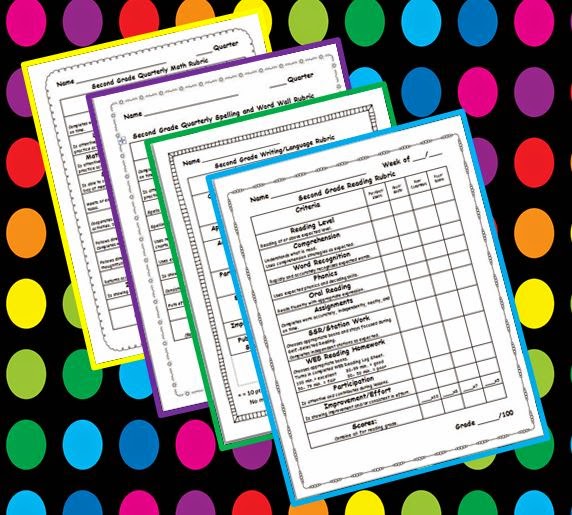I am really enjoying this book by Laney Sammons. I am glad I am following up my reading of Guided Math:A Framework for Mathematics with this...
Here is what I am taking away from chapter 6, "Managing Guided Math Conferences to Promote the Success of Young Mathematicians":
- I found myself guilty of doing what Sammons says many teachers do. We intend to confer consistently with students, yet find that something always interferes. She says we need to carve out specified time for conferring which is spelled out in our lesson plans. I don't think I am allowing for enough time in my day. I put it in my plans, but the things I have planned to do before that tend to spill over into the conferring time. I'm going to work on that!
- Sammons says it is best to confer with all students occasionally, but with some more frequently than others depending on student needs. I'm so glad to be assured that this is okay to do.
- She also says it may be easier to write down notes after the conference is over. We want to remain with the students until after recording the notes in case questions arise during notetaking and to help avoid interruptions.
These are the reasons keeping accurate and timely notes are important:
- To identify needs.
- To promote equity.
- To hold students accountable to previous conference teaching points and learning goals.
- To hold teachers accountable.
- To determine grouping.
- To document growth.
- To show students we care.
- To provide informal formative assessment.
- To share when meeting parents.
If our conferences are to help us in the areas listed above, we have to be cognizant of recording useful information. Sammons shared advice from Calkins, Hartman, and White: "If we do not have a pressing reason to record a note, we shouldn't write it."
So, it's important to have a REASON for everything we record! I for one, don't want to have to spend loads of time reading over the notes I take; I want to see the useful, specifics that can guide my teaching.
Sammons says our notes should...document the students' understandings of mathematical big ideas or their ability to apply those ideas in other contexts, give information that will help determine where on the learning progression toward grade-level learning goals the student falls, and be specific enough that several strengths and needs are clearly identified. Our notes should be guideposts for future instruction. Better notetaking will be another goal of mine this year, both in reading AND math conferences.
The forms we use during conferences will have a huge impact on how we can use the information we gather. Sammons suggests having a checklist on which you can record information about the whole class on one page. She says when a student demonstrates mastery during a conference we can place the date in the students column of the corresponding row. This will help us plan groups and determine individual needs.
In addition to a checklist, we need an individual notetaking system. Suggestions shared include a sticky-note organizer forms, mailing label forms, sectioned notebooks, student flipcharts , electronic notes, and...the method I plan to use, individual recording forms. Click on the sample form below if you would like a copy.
On the form, I have the categories Sammons recommends for mailing label forms. I hope you find it useful.
So, that's my take on this chapter. I would love to hear your thoughts and ideas!
Happy Teaching!













































